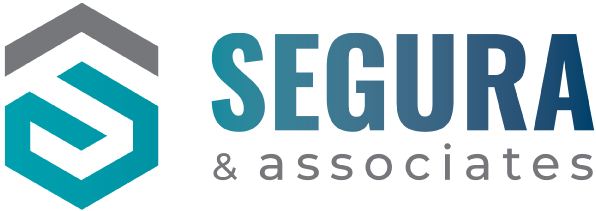Earth Day, which is April 22 of each year, is likely to be a turning point for many in the professional cleaning industry. For most custodial workers, the use of green or environmentally preferable cleaning products is now a daily fact of life. The turning point for Green Cleaning occurred a good decade ago, in the mid- to-late 2000s.
So if green cleaning has become (please excuse the expression) old hat, what new turning point are we referencing? The professional cleaning industry is building on green cleaning and becoming much more sustainable. Contract cleaners and in-house service providers are embracing a wide range of strategies to reduce energy, fuel, and water consumption along with waste and in the process making cleaning and facility operations much more cost effective and efficient.
Some of this is fueled by customer demand, as was green cleaning a decade before. But much of it is also because contract cleaners are realizing that being more sustainable has a number of cost saving benefits for both them and their clients. And for contract cleaners specifically, sustainability can provide new marketing opportunities and the ability to win larger and more profitable contracts as well.
We see this turning point becoming evident in a number of ways. Among them include the following:
Equipment: When selecting traditional cleaning equipment, many cleaning contractors are no longer just focused on cost or how much the machine or product can improve worker productivity. They also want to know if the product works effectively using less water, chemicals, and energy.
Innovative equipment: Taking this a step further, new types of cleaning equipment are being introduced that are designed to use less energy, water, and cleaning solution than traditional cleaning options. Some of these are proving to be very effective in both reducing costs and improving worker productivity.
Ending spot buying: Many cleaning contractors and in-house cleaning professionals make product purchases as they need them, often in an emergency, when they run out of a product. Often referred to as “spot buying,” this is not a cost effective approach to purchasing nor does it promote sustainability. As an example, often spot buying involves the purchase of one, two, or three gallons of a product. Rarely will a distributor offer a cost discount on such a small purchase, plus those two or three gallons all have to be packaged and delivered, using packaging materials and fuel, which releases greenhouse gasses. Purchasing more concentrated products in larger containers tends to be more economical and much more sustainable.
Workflow: Some cleaning processes and procedures can also have sustainable results. Workflow strategies can be designed so that certain areas of a facility are cleaned first, allowing lights and power to be turned off in those areas. Further, hard surface and carpet floorcare programs can be designed so that areas are cleaned based more on need and use and less on set schedules, also helping to reduce energy and water needs.
Liners: Some cleaning workers are now replacing traditional or even “green” liners with corn-based trash liners. These products are much more biodegradable and are manufactured using agricultural by-products.
Biobased cleaning solutions: Taking this a step further, cleaning workers should also become familiar with products that have been certified by the BioPreferred program operated by the U.S. Department of Agriculture (USDA). The program was on hiatus for a time due to funding issues, but it is up and running now. Biobased cleaning solutions are made from agricultural by-products just like the liners mentioned previously. They must meet specific standards and are independently tested. These products promote sustainability and according to the USDA, have created more than 300,000 jobs.
Day cleaning: While Day cleaning has its pros and cons and interest in the strategy tends to ebb and flow, it cannot be denied that it can help a facility reduce its energy needs because, in many cases, it allows the entire facility to shut down at a certain hour and over the weekend. Studies are available that indicate Day Cleaning programs have reduced energy consumption by about 6 to 8 percent.
Cleaning in teams: As with Day cleaning, cleaning teams programs have also had their ebbs and flows in the professional cleaning industry. However, cleaning in teams can help promote sustainability. When cleaning workers perform the same tasks over and over again, they tend to become more skilled and proficient, making cleaning faster and allowing the facility to be shut down for the day sooner. Further, workflow is concentrated on certain areas at specific times, allowing lights to be turned off in areas not being cleaned.
CIMS: The Cleaning Industry Management Standard (CIMS) and the CIMS-GB (Green Building) programs have helped contract cleaners and facility service providers become more sustainable because they place so much emphasis on best practices and work efficiencies. According to ISSA, the program has helped both cleaning workers and facility managers reduce waste, lower energy consumption, and conserve water.
When the professional cleaning industry turned to green cleaning strategies a decade or more ago, they provided many benefits for the industry overall. Our industry was viewed as leaders in embracing environmentally preferable products and programs. Now we have a chance to do it again with sustainability, showing our customers and other industries how we can help protect natural resources for today and for the future.
Ron Segura is president of Segura Associates. His company works with large organizations and contract cleaners to streamline cleaning and building operations so that they function more effectively and efficiently and realize a cost savings. He can be reached through his company website at https://www.seguraassociates.com.

